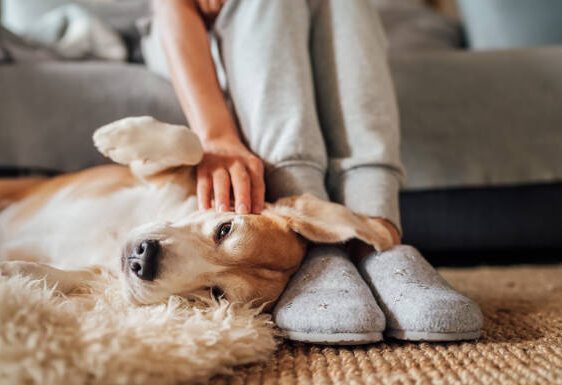Taking your furry companion to the local dog park is a great way to socialise them, burn off excess energy, and strengthen your bond. However, even in the best-designed parks, accidents and injuries can happen. From minor scrapes to more serious wounds, understanding the risks can help you take steps to keep your pup safe.
Bite Wounds and Scuffles
Dogs are social animals, but even the friendliest pups can have misunderstandings. Rough play can sometimes escalate into aggressive behaviour, leading to bite wounds or scratches. How to avoid it:
- Keep an eye on your dog’s body language – stiff postures, raised hackles, and excessive growling are signs that tension is rising.
- Choose parks that encourage responsible pet ownership, such as fenced off-leash dog parks, which provide a controlled environment.
- Always supervise play and intervene if things start getting too rough.
Sprains and Muscle Strains
Dogs love to run, chase, and jump, but sudden bursts of energy – especially in uneven or unfamiliar terrain – can lead to sprains, muscle strains, or even ligament injuries like a torn cruciate ligament. How to avoid it:
- Warm up your dog with a short walk before letting them sprint around the park.
- Avoid throwing balls too high or too far, as sudden stops and turns can put strain on their joints.
- If your dog has a history of joint issues, consider adding a supplement to their diet to support mobility.
Paw Pad Injuries
Rough surfaces, hot pavement, and sharp objects can lead to cuts, abrasions, or burns on your dog’s paw pads. How to avoid it:
- Visit the park during cooler parts of the day, especially in summer, to prevent burns from hot ground surfaces.
- Regularly check for glass, sticks, or other debris before letting your dog explore.
- Moisturise your dog’s paw pads with a pet-safe balm to keep them from cracking.
Eye Injuries
Dogs love to chase and wrestle, but sometimes a stray claw or an enthusiastic bush dive can result in an eye injury. How to avoid it:
- Choose open spaces where your dog has room to play without running into thorny bushes or low-hanging branches.
- Keep an eye out for signs of eye irritation, such as excessive blinking, pawing at the face, or redness, and seek veterinary care if needed.
Gastrointestinal Upsets
Drinking from shared water bowls, eating something off the ground, or playing in contaminated areas can expose your dog to bacteria and parasites. How to avoid it:
- Bring fresh water from home to keep your dog hydrated and prevent them from drinking from communal bowls.
- Keep a close watch to ensure they’re not munching on discarded food, plants, or other potential hazards.
- Regularly deworm your dog and stay up to date with vaccinations to minimise health risks.
Final Thoughts
Dog parks can be fantastic for exercise and socialisation, but safety should always be a priority. By staying vigilant, choosing the right environment, and being proactive about potential risks, you can ensure your pup enjoys their playtime without unnecessary injuries.



